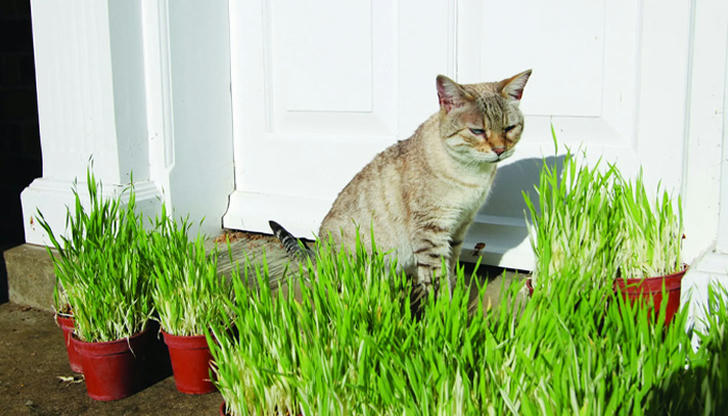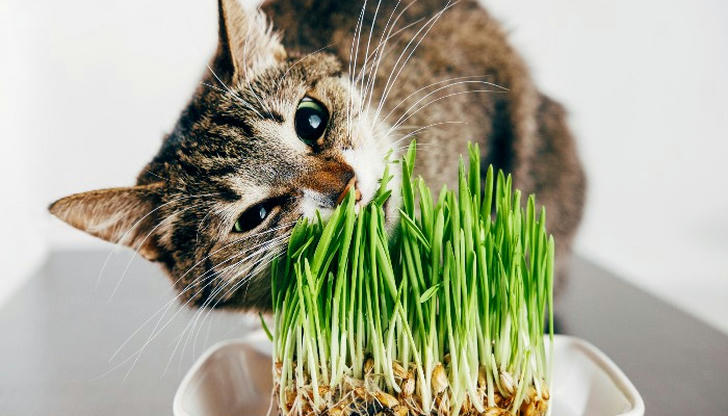What Is Cat Grass? Everything You Need to Know

Cats have a curious relationship with grass, often seen nibbling on blades from the yard or their indoor cat grass pots. But why do cats eat grass? What exactly is cat grass, and is it safe for them? Let's explore these questions and also learn how to grow cat grass at home.
Why Do Cats Eat Grass?
Cats are obligate carnivores, meaning their diet is primarily meat-based. However, they occasionally eat grass for various reasons. One theory is that grass helps cats induce vomiting, which can be a natural way for them to expel hairballs or other indigestible materials. Grass contains fibers that can stimulate the gastrointestinal tract, aiding in digestion and potentially helping to pass any foreign objects that the cat may have ingested.
Another reason could be the nutritional benefits. Grass, particularly cat grass, contains vitamins and minerals that can supplement a cat's diet. Grass also contains folic acid, which helps with the production of hemoglobin, the protein that moves oxygen into the blood to help kitty's circulation.
What is Cat Grass?
Cat grass is typically grown from rye, barley, oat, or wheat seeds. Cat grass is not the same as catnip, which is a separate plant that cats often find attractive due to its scent. You will find cat grass kits at your local pet store or online store, which contain everything you need, including seeds, soil, and a potting container.
Is Cat Grass Safe?
Yes, cat grass is generally safe for cats to eat. It's a natural source of fiber and can help with digestion. However, it's important to ensure that the grass you're providing is free from pesticides and fertilizers, which can be harmful to cats. Always wash the grass thoroughly before offering it to your cat, especially if it's from your garden or a public space.

How to Grow Cat Grass?
Growing cat grass at home is not only a fun and rewarding activity but also a way to ensure your cat has access to a safe and healthy treat. It's a natural way to enhance their diet. The most hassle-free method is to purchase a cat grass kit, which comes with simple instructions. Here are some tips for growing cat grass:
During the seed stage, avoid overwatering but keep the soil moist. After sprouting, reduce the watering daily.
Place cat grass in a sunny spot.
After the grass has sprouted, wait 10 to 15 days and it should grow longer than your index finger. At this point, it's ready for your cat to eat and can last for 1 to 3 weeks.
When the grass starts to wilt or change color, it's time to plant new seeds.

How to Encourage Cats to Eat Cat Grass?
Introduce Gradually: Start by placing a small amount of cat grass near your cat's regular food. This can help them become familiar with the smell and appearance of the grass.
Mix with Wet Food: Some cats prefer wet food, so you can try mixing a small amount of cat grass into their wet food to make it more appealing.
Sprinkle on Top: Sprinkle a few blades of cat grass on top of your cat's favorite treats or meals to entice them to eat it.
Provide Variety: Offer different types of grasses to see if your cat prefers one over the other. Some cats might prefer the taste of wheat grass, while others might like oat grass.
Monitor Health: If your cat consistently refuses to eat cat grass and shows signs of discomfort, it's essential to consult with a veterinarian to rule out any health issues.
